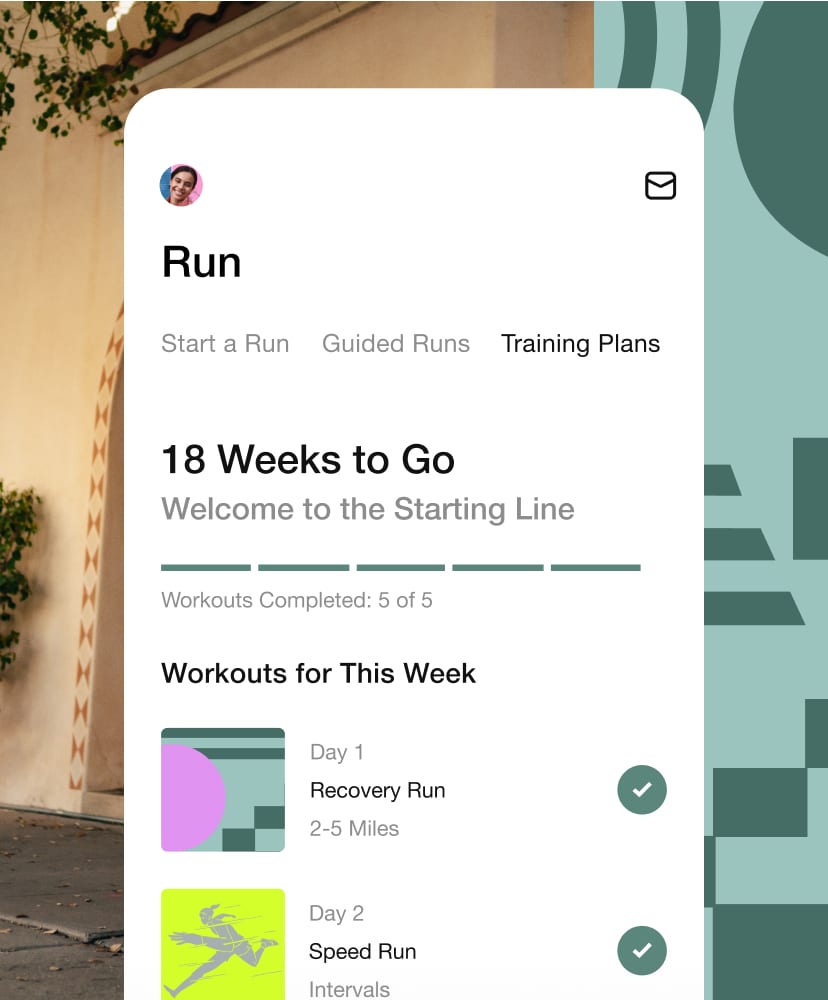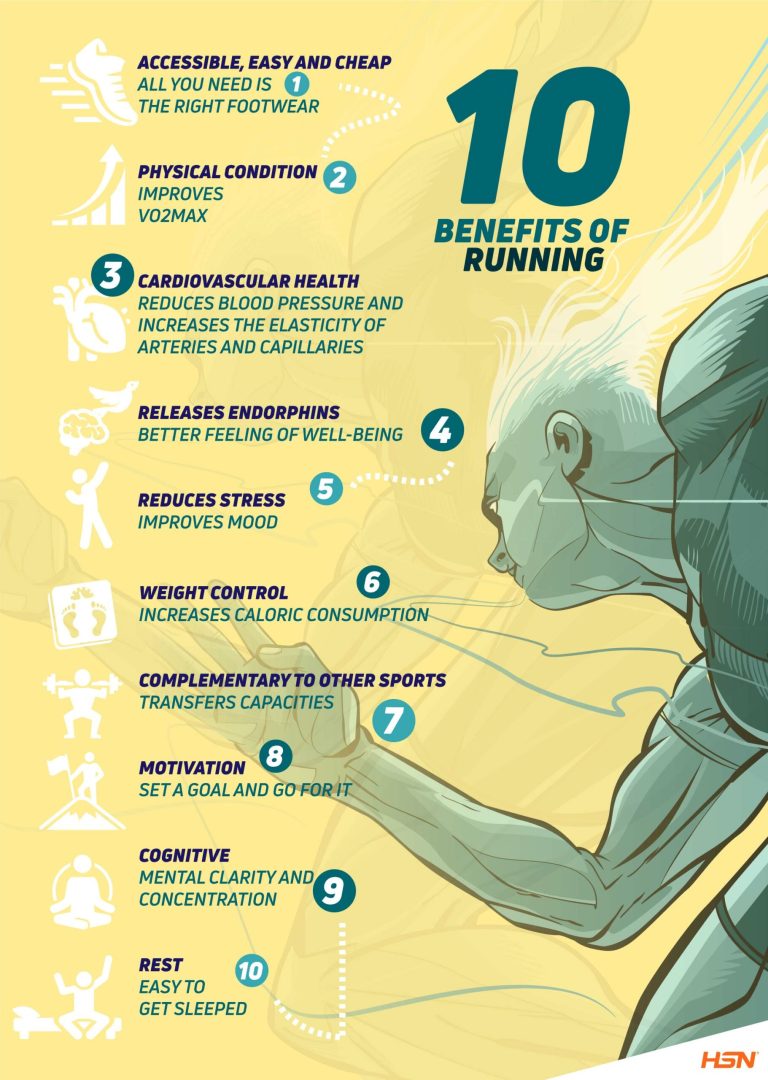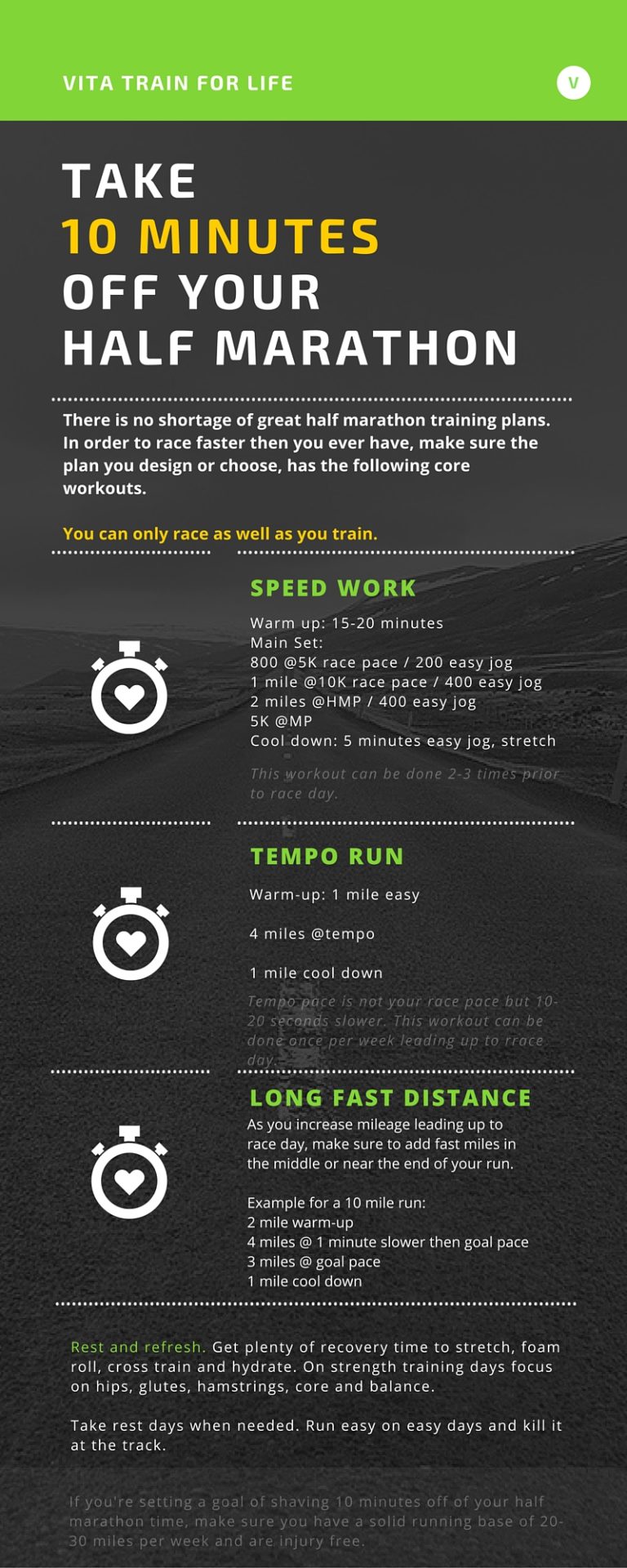How to Build Marathon Training Plan?
To build a marathon training plan, create a schedule with gradually increasing mileage and include a mix of long runs, speed workouts, and rest days. Here is a comprehensive guide to help you develop an effective and personalized marathon training plan.
When preparing for a marathon, it is crucial to have a well-structured training plan in place. Following a systematic approach will not only enhance your endurance but also reduce the risk of injuries. A marathon training plan typically includes a mix of long runs, speed workouts, and rest days.
By gradually increasing the mileage, you can build up your stamina and endurance over time. This article will provide you with a detailed overview of the essential components to consider while constructing a marathon training plan. Whether you are a novice or an experienced runner, this guide will help you develop a personalized training program tailored to your goals and fitness level.
Setting Your Goals
When it comes to preparing for a marathon, creating a well-structured training plan is vital. Understanding how to set effective goals is the cornerstone of any successful training program. By identifying your objectives and establishing realistic targets, you can ensure your marathon training plan is tailored to your individual needs and abilities.
Identifying Your Objectives
Before diving into the specifics of your training plan, it’s essential to identify your objectives. Consider what you want to achieve from your marathon training. Whether it’s completing your first marathon, achieving a personal best time, or simply enjoying the experience, clarifying your objectives will provide the framework for your training plan.
Establishing Realistic Targets
Once you have identified your objectives, it’s crucial to establish realistic targets that align with your capabilities. Setting attainable targets can prevent injury and burnout while maintaining motivation throughout your training. Consider factors such as your current fitness level, time available for training, and any potential limitations.

Credit: blog.stryd.com
Understanding Your Current Fitness Level
If you’re planning to embark on a marathon training journey, it’s essential to start by understanding your current fitness level. Assessing your strengths and weaknesses and determining your baseline will enable you to create a training plan that is tailored to your specific needs and goals. This step is crucial for setting realistic expectations, minimizing the risk of injury, and ensuring steady progress throughout your training.
Assessing Your Strengths And Weaknesses
Before diving into your marathon training plan, it’s important to identify your strengths and weaknesses as a runner. By understanding where you excel and where you need improvement, you can focus on specific areas during your training to enhance your overall performance. Here are a few factors to consider:
- Your endurance: Are you able to comfortably run for an extended period?
- Your speed: Do you have a natural propensity for running at a fast pace?
- Your form: How efficient is your running technique?
- Your muscular strength: Are you lacking strength or stability in specific areas?
- Your mental toughness: How well do you handle the mental challenges of long-distance running?
Identifying these strengths and weaknesses will allow you to focus on areas that need improvement while capitalizing on the areas where you already excel. By doing so, you’ll be better equipped to develop a well-rounded marathon training plan that addresses your specific needs.
Determining Your Baseline
Once you’ve assessed your strengths and weaknesses, it’s time to determine your baseline fitness level. This will give you a starting point from which to measure your progress and make adjustments to your training plan as needed. Here are a few steps to help you determine your baseline:
- Record your current running distance and pace: Note how far you can comfortably run and the average pace you maintain.
- Measure your cardiovascular fitness: Consider taking a running test to gauge your aerobic capacity.
- Evaluate your flexibility and mobility: Assess your range of motion in key areas such as hips, knees, and ankles.
- Assess your strength: Determine your muscular strength and identify any imbalances or weaknesses.
By establishing your baseline, you’ll have a starting point to compare future progress against. This will help you track your development and adjust your marathon training plan as needed. Remember, progress is not always linear, and it’s essential to listen to your body and make adjustments to avoid overtraining and injury. With a solid understanding of your current fitness level, you can embark on your marathon training journey confidently and effectively.
Designing Your Training Schedule
When it comes to marathon training, designing a training schedule that fits your needs and goals is crucial. Your training schedule should include the right mileage and frequency, as well as incorporate rest days to ensure proper recovery. In this section, we will discuss how to choose the right mileage and frequency for your training schedule and how to incorporate rest days effectively.
Choosing The Right Mileage And Frequency
Choosing the right mileage and frequency for your marathon training plan is essential for building endurance and avoiding injuries. It is important to gradually increase your mileage and the number of runs per week to prevent overexertion and allow your body to adapt to the demands of long-distance running.
Here are a few key factors to consider when choosing the right mileage and frequency:
- Assess your current fitness level and running experience. Beginners should start with lower mileage and fewer runs per week, while experienced runners may be able to handle higher mileage and more frequent runs.
- Set realistic goals. Consider the distance of the marathon you are training for and set achievable milestones along the way. Gradually increase your mileage and number of runs to work towards those goals.
- Listen to your body. Pay attention to any signs of fatigue or discomfort. If you are feeling excessively tired or experiencing pain during or after running, it may be a sign that you need to adjust your mileage or take additional rest days.
Incorporating Rest Days
Rest days are an essential part of any training plan. They allow your body time to recover and repair itself, reducing the risk of overuse injuries and fatigue. When incorporating rest days into your marathon training schedule, consider the following:
- Schedule at least one complete rest day per week. This means no running or intense physical activity. Use this day to focus on rest and recovery.
- Consider active recovery. On rest days, you can engage in low-impact activities such as walking, swimming, or yoga to promote blood flow and aid in recovery.
- Listen to your body. If you feel excessively tired or sore on a scheduled run day, it may be a sign that you need an additional rest day. Be flexible and adjust your schedule accordingly.
By choosing the right mileage and frequency for your training schedule and incorporating rest days effectively, you will be on your way to building a solid foundation for marathon success. Remember to listen to your body, set realistic goals, and be consistent in your training. Good luck on your marathon journey!
Cross-training And Recovery
Cross-training and recovery are essential components of a well-rounded marathon training plan. Integrating strength and flexibility exercises, as well as focusing on nutrition and hydration, are crucial for preventing injuries and optimizing performance.
Integrating Strength And Flexibility Exercises
When designing your marathon training plan, it’s important to incorporate strength and flexibility exercises alongside running workouts. Engaging in cross-training activities such as yoga, Pilates, and weight training can help improve muscle strength, flexibility, and overall performance. Including exercises that target key muscle groups like the core, glutes, and legs can enhance running efficiency and reduce the risk of injury.
Importance Of Nutrition And Hydration
Proper nutrition and hydration play a critical role in the success of any marathon training plan. Maintaining a well-balanced diet rich in carbohydrates, protein, healthy fats, and essential vitamins and minerals is essential for fueling your body and supporting recovery. Hydration is equally important; ensuring adequate water intake before, during, and after workouts is crucial for maintaining optimal performance and preventing dehydration.
Monitoring Progress And Making Adjustments
Managing a successful marathon training plan involves regular performance monitoring and necessary adjustments as needed. Here’s how to effectively track your progress and adapt your training plan accordingly:
Tracking Your Performance
- Record your daily running mileage and times.
- Utilize smartphone apps or fitness trackers.
- Keep a training journal for easy reference.
Adapting The Plan Accordingly
- Assess your progress regularly to identify weaknesses.
- Modify training intervals based on performance.
- Consult with a coach for professional guidance.

Credit: www.runnersworld.com

Credit: www.nike.com
Frequently Asked Questions For How To Build Marathon Training Plan
How Do You Structure A Marathon Training Program?
To structure a marathon training program, design a plan with weekly mileage increases, incorporate speedwork, cross-training, and rest days, and follow a tapering schedule before the race. Monitor progress and adapt as needed for optimal performance on race day.
How Many Days Do You Need To Train For A Marathon?
It’s recommended to train for a marathon for around 16-20 weeks. However, the specific duration depends on your current fitness level. Gradually increasing mileage and incorporating speed work is essential for preparation. It’s important to listen to your body and consult a coach for a personalized training plan.
How Do I Create A Running Training Plan?
To create a running training plan, follow these guidelines: 1. Set clear goals and determine your current fitness level. 2. Gradually increase your mileage and intensity to avoid overtraining. 3. Include a variety of workouts such as long runs, tempo runs, and intervals.
4. Schedule rest days for recovery and prevent injuries. 5. Monitor your progress and make adjustments when needed.
Conclusion
Building a marathon training plan requires careful consideration of your goals, abilities, and commitments. By following a structured approach, incorporating varied workouts, and allowing for adequate rest, you can set yourself up for success. Remember to listen to your body and adapt your plan as needed.
With dedication and perseverance, you can achieve your marathon goals.






